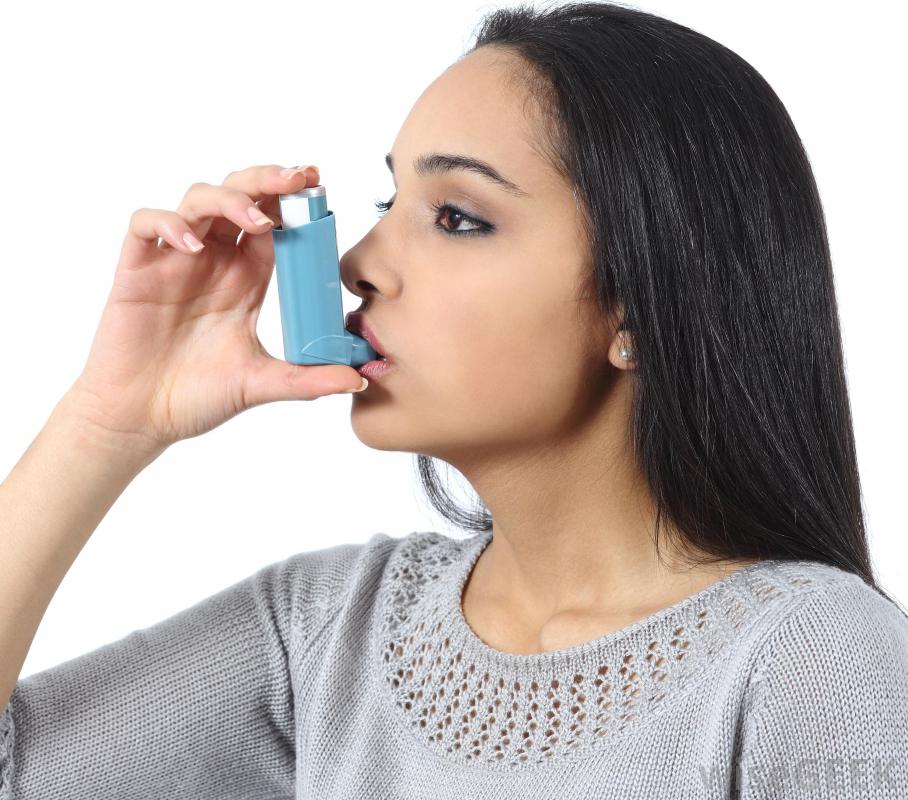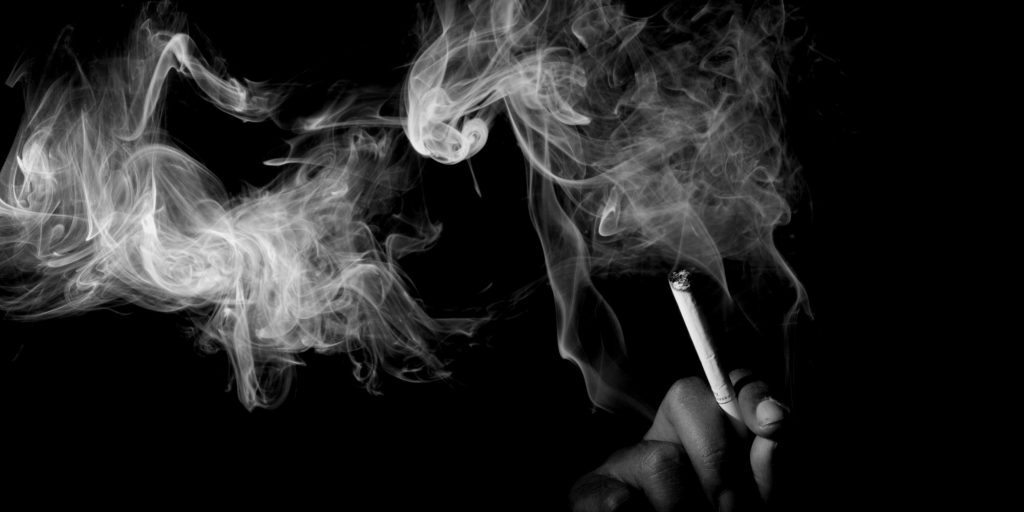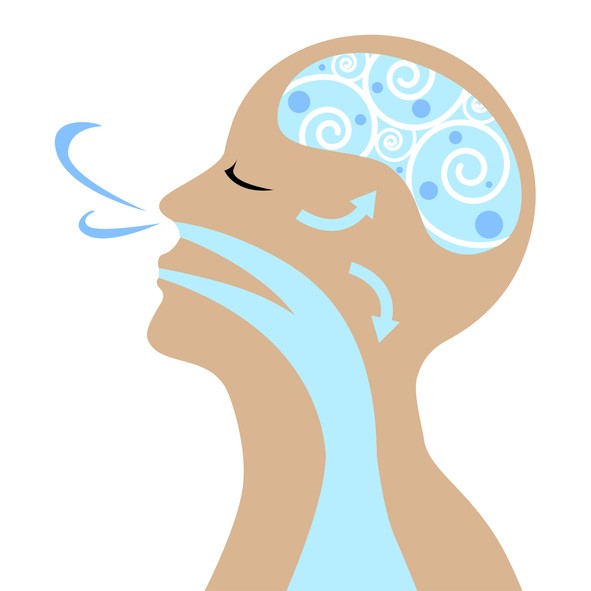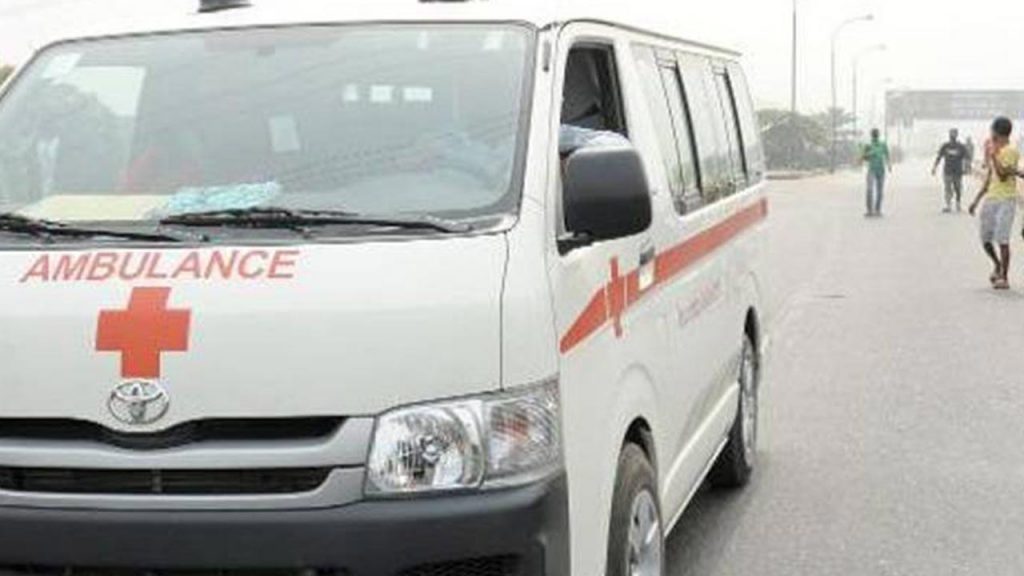An asthma attack is a recurring health emergency for people that suffer from Asthma. Asthma is a chronic respiratory illness that requires proper management and treatment. It causes the air pathways in the lungs to become inflamed. This makes it difficult for air to pass through the lungs.
According to the WHO, about 339 million people worldwide suffer from asthma. It is also the most common non-communicable disease among children.
Struggling to breathe is not a great thing to experience. It saps you of energy and strength. So, if you or someone around you is having an asthma episode, it is a good idea for you to know what to do. You might just be saving their lives or your own.
First things first, how do you know you are having an asthma attack?
Signs of an asthma attack
Well, asthma attacks are quite easy to recognize, especially if the person has been diagnosed with asthma. It might be a bit harder though if the person is just having their first attack and nobody knows what is wrong. Not to worry, here are some of the signs that point to an asthma attack:
- Coughing that refuses to stop
- Wheezing (scratchy noise) while breathing
- taking fast breaths
- shortness of breath
- tightness in your chest
- pale and sweaty face
If someone is exhibiting some or all of these symptoms, its likely an asthma attack is in progress. What then can you do?
1. Sit upright

Yes, this is one of the first things you should do during an attack. Whatever it is that you are doing, stop it and try to sit upright or stand up. If you are lying down or bending over, it tends to restrict your airways even more.
2. Take a few puffs of your inhaler

An inhaler is something most asthmatic people always have at hand. A few puffs of this will normally stop an attack in its tracks. But there are times that an inhaler is not handy, or when the attack is happening for the first time.
In these instances, you have to rely on your other first aid steps. You should also try to get the person to the hospital as quickly as you can.
3. Get away from the trigger

Asthma attacks are usually triggered by certain factors. Common ones are dust, the smell of chemicals, wood or cigarette smoke, mold, pollen, and so on. If you have identified what is triggering the attack, remove yourself from that environment.
Get to somewhere with clean air or air conditioning. This will help overcome the attack faster since the trigger is no longer a factor.
4. Take long, deep breaths

Doing this will help you to slow your breathing all the way down and prevent you from hyperventilating. Try to breathe in through your nose and out through your mouth. This can help you to get enough air into your lungs.
5. Seek medical help

If at any point, you start to feel drowsy or your breathing does not get better even after using the inhaler, then get medical help. Do not drive yourself if you are alone, get a friend to help.
Better still, call an ambulance if that is available to you. Make sure to keep taking puffs of the inhaler until help arrives.
The bottom line
Many asthma attacks are mild and can usually be treated with an inhaler. But you should be careful because an attack can escalate in a matter of minutes.
If your symptoms are not getting better after a few minutes of doing these first aid activities, get medical help immediately. An asthma attack is not something you want to take lightly.










Your point of view caught my eye and was very interesting. Thanks. I have a question for you.